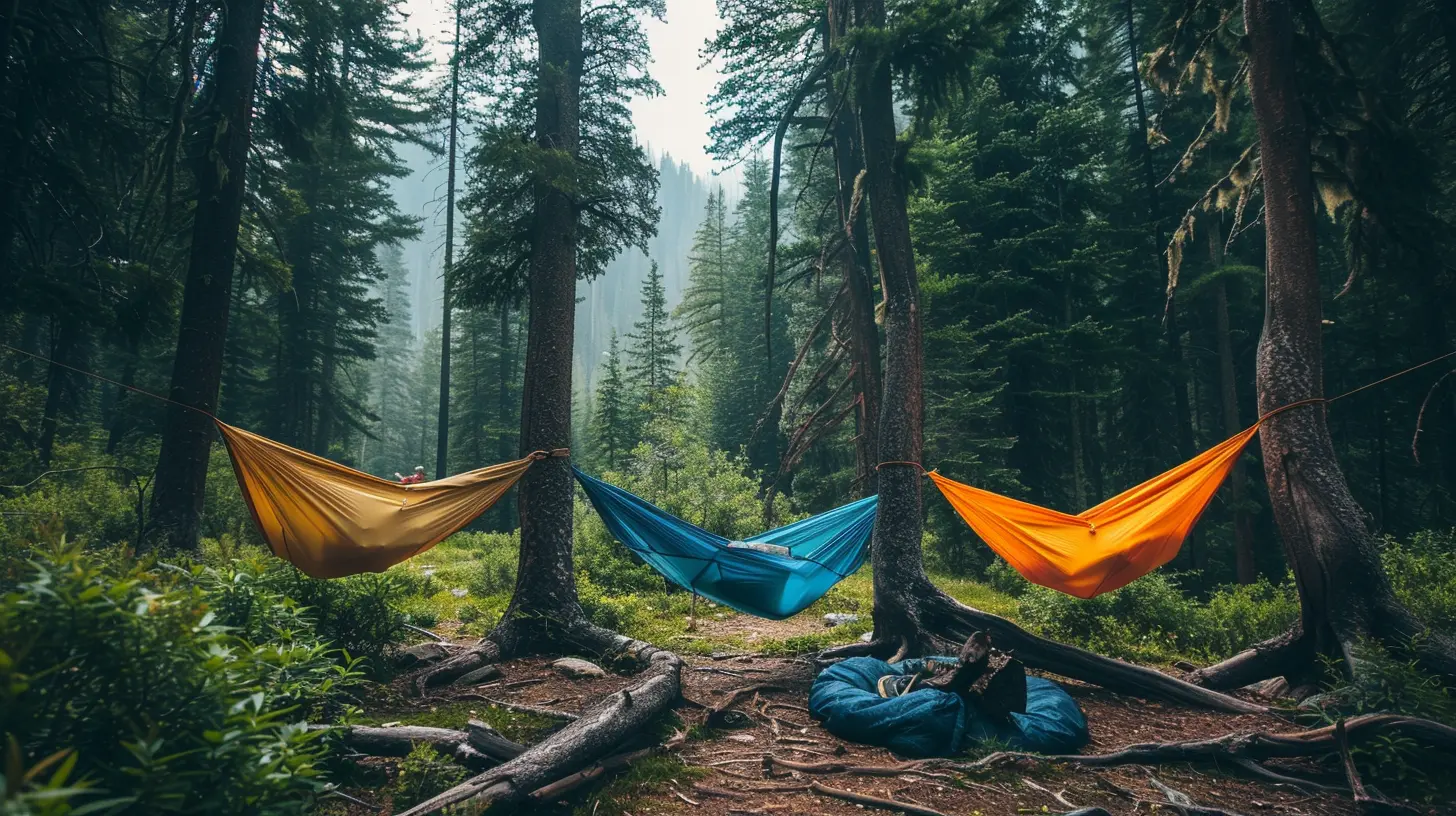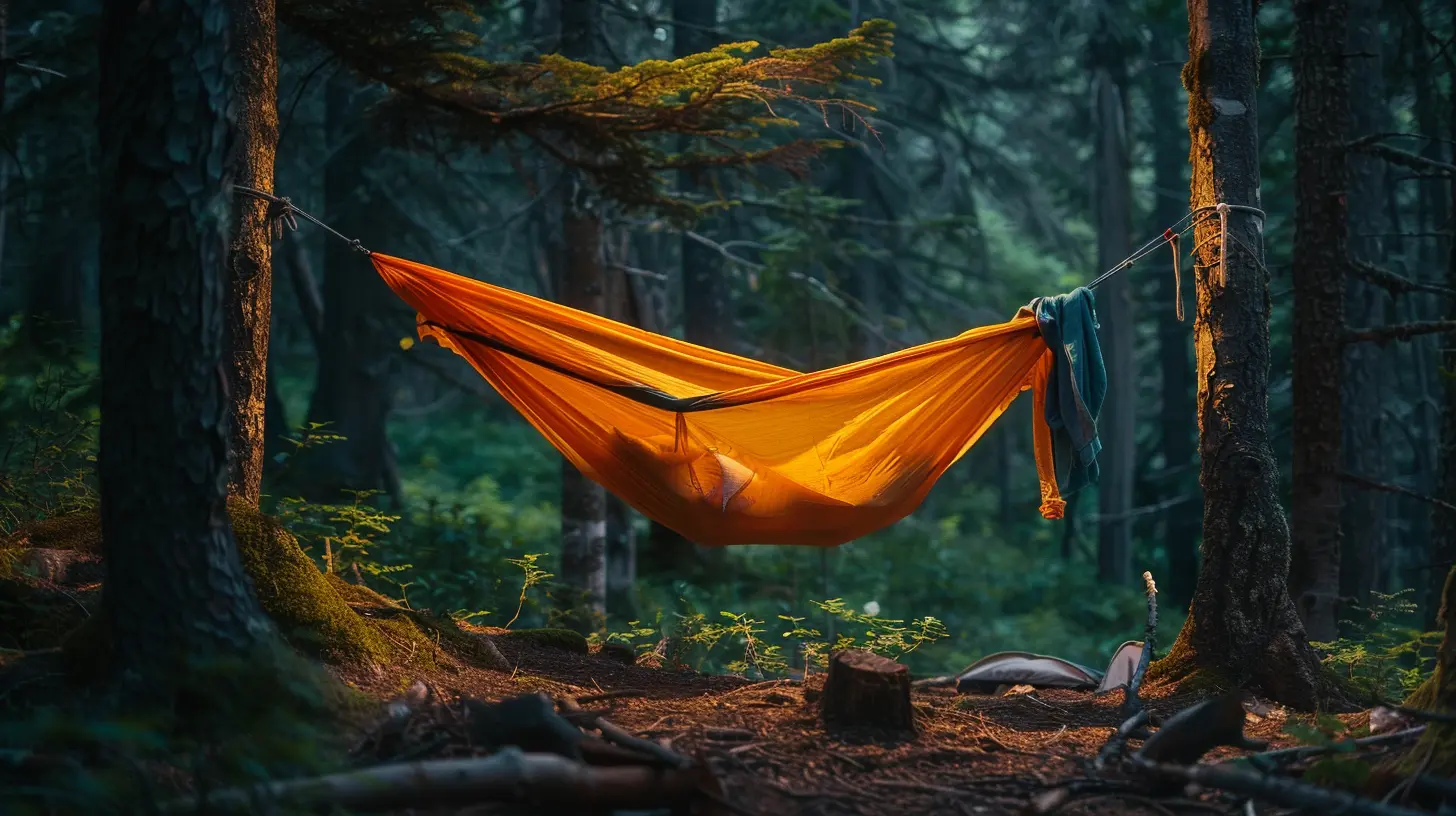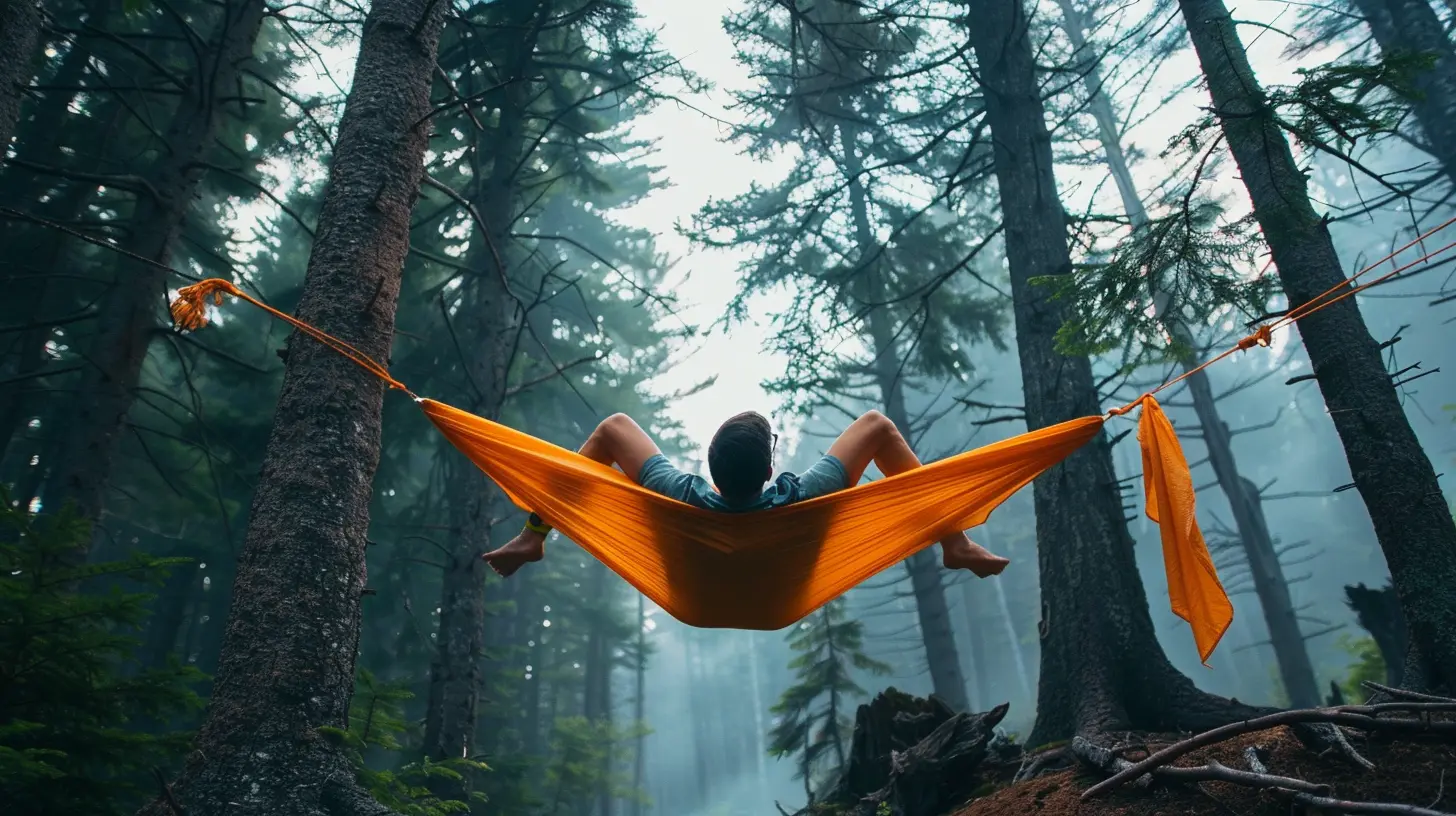Sleep in Trees: A Guide to Hammock Camping Enthusiasts
13 September 2025
Have you ever dreamed of drifting off to sleep, swaying gently between the trees, surrounded by the soothing sounds of nature? Hammock camping isn’t just for adventurers—it’s for anyone who loves comfort, simplicity, and a fresh perspective on the great outdoors.
If you’ve been tent camping for years or just starting your outdoor journey, hammock camping offers a lightweight, relaxing, and immersive way to experience nature. This guide will walk you through everything you need to know, from choosing the perfect spot to staying warm and comfortable all night long.
Let’s dive in and help you master the art of sleeping in trees! 
Why Hammock Camping?
Lighter Than a Tent
If you’ve ever lugged a heavy tent up a mountain, you know the struggle. Hammocks are significantly lighter, taking the weight off your back while still offering a comfortable place to sleep.Comfort Like No Other
Forget sleeping on uneven, rocky ground. A hammock cradles your body, reducing pressure points and giving you one of the most comfortable sleeps you’ll ever have outdoors.Set Up Almost Anywhere
As long as you have two sturdy trees, you’ve got a campsite. No worrying about flat ground, roots, or puddles—just find the perfect trees and hang your hammock.Leave No Trace
Hammock camping is a low-impact way to camp, helping preserve the environment by avoiding damage to the ground and vegetation.
Choosing the Right Hammock
Not all hammocks are created equal, and picking the right one can make or break your experience.Single vs. Double Hammocks
- Single Hammocks – Lighter, great for solo campers.- Double Hammocks – More spacious, ideal if you like extra room—or if you're sharing with a partner.
Fabric & Strength
Look for hammocks made from ripstop nylon or polyester, which are lightweight yet strong enough to support you. Always check the weight capacity to ensure it can handle your load.Suspension System
Invest in high-quality tree straps instead of ropes. Straps distribute weight better and won’t damage tree bark. Look for adjustable straps to make setup easier.Bug Net & Rain Fly
If you camp in areas with mosquitoes, a hammock with a built-in bug net is a lifesaver. And if rain is a possibility, a rain fly will keep you dry.
Finding the Perfect Spot
Picking the right campsite is key to a good night’s sleep. Here’s what to look for:Strong, Well-Spaced Trees
Choose sturdy trees about 12 to 15 feet apart. They should be healthy, with a thick trunk and no signs of rot or weakness.Avoid Windy & Low-Lying Areas
Set up away from strong winds and avoid areas where water might pool in case of rain.Respect Nature & Regulations
Ensure you’re camping in a place that allows hammocks. Some parks have restrictions to protect trees, so check the rules before setting up.
How to Set Up Your Hammock Like a Pro
Step 1: Attach Tree Straps
Wrap tree straps around each trunk at about 6-8 feet high. Adjust them so your hammock hangs with a slight curve rather than pulling it too tight.Step 2: Clip in Your Hammock
Use carabiners to attach your hammock to the straps. The ideal hang angle should be about 30 degrees for maximum comfort.Step 3: Add Comfort Extras
- Underquilt or Sleeping Pad – Stops cold air from creeping through the hammock’s bottom.- Bug Net – Keeps insects out.
- Rain Fly – Essential if there’s a chance of rain.
Step 4: Test Before You Sleep
Sit, then lie in your hammock to ensure everything is secure before calling it a night.Staying Warm & Comfortable
Many first-time hammock campers make the mistake of thinking they don’t need insulation. But trust me—cold air can steal your body heat fast.The Underquilt Hack
Instead of a sleeping bag, consider an underquilt that wraps around your hammock’s bottom. It prevents heat loss and works better than trying to squish a sleeping bag inside.Sleeping Pads Work Too
If you’re on a budget, use a foam or inflatable sleeping pad inside the hammock for insulation.Dress in Layers
Wear moisture-wicking base layers, wool socks, and a beanie to trap heat without sweating.Common Hammock Camping Mistakes & How to Avoid Them
1. Hanging the Hammock Too Tight
A flat hammock is uncomfortable. Always go for a slight sag to sleep diagonally and get a flatter position.2. Not Packing an Underquilt or Sleeping Pad
Even in mild weather, the cold from below can make for a chilly night. Insulation is a must!3. Forgetting About Bugs
If you're in a buggy area, a bug net is essential. Otherwise, you'll be dinner for mosquitoes.4. Choosing the Wrong Trees
Dead or weak trees can be dangerous. Always check for healthy, sturdy trees before setting up.5. Hanging Too High
While it might seem fun to hang high, keep it low enough to easily get in and out—but at least 12 inches off the ground for comfort and airflow.Hammock Camping vs. Tent Camping: Which One is Better?
So should you ditch your tent forever? Not necessarily. Here’s a quick comparison to help you decide:| Feature | Hammock Camping | Tent Camping |
|---------------|----------------|--------------|
| Weight | Lighter | Heavier |
| Comfort | No pressure points, gentle sway | May deal with rocks and roots |
| Setup | Fast and easy (if trees available) | Can be tricky on rough terrain |
| Weather Protection | Requires rain fly & underquilt | Fully enclosed |
| Wildlife Safety | Keeps you off the ground | More secluded but vulnerable to ground animals |
If you’re hiking long distances and need lightweight gear, hammocks win. But in extreme weather or treeless areas, tents might still have the edge.
Final Thoughts
Hammock camping is an incredible way to connect with nature, minimize your pack weight, and sleep comfortably under the stars. With the right setup, you’ll never want to go back to a tent again!It might take a little trial and error to find what works best for you, but once you do, you’ll have the freedom to camp almost anywhere. So grab a hammock, find some trees, and enjoy the best sleep camping can offer!
all images in this post were generated using AI tools
Category:
Camping TravelAuthor:

Tracie McAdams
Discussion
rate this article
1 comments
Storm Forbes
What a delightful guide for nature lovers! Hammock camping in trees sounds like the perfect way to connect with the great outdoors. Your tips will surely inspire many to embrace this cozy adventure. Happy camping, everyone!
September 13, 2025 at 2:46 AM

Tracie McAdams
Thank you for your kind words! I'm thrilled to hear you found the guide inspiring. Happy camping and enjoy your time in the trees!


